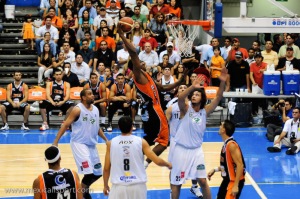In Mexico we have a nice tradition. When we have a party, we eat cake, eat candies, eat some traditional Mexican food, but we also do a thing that is an ancient tradition here in Mexico: we break a “piñata” in almost all the birthdays and in some holidays.
There are a lot of different types of piñatas but the traditional piñata has a meaning. The meaning is that the traditional piñata that has 7 peaks, and these peaks represent the 7 cardinal sins, and when you break the piñata it is said that you have destroyed the devil.
When you’re breaking the piñata you need to put a handkerchief over your eyes so you can’t see where the piñata is and you need to try to hit it without seeing. Also when you’re trying to hit the piñata the people sing you a song.
In a birthday party people give only candies and little gifts, but when it is time for “Posadas” (Christmas Holidays) people put some candies and fruits, like orange, peanuts, jicama, and sugar canes inside the piñata.
It’s easy to make a piñata, you may need:
- Tissue paper
- Newspaper
- Wheatpaste
- Scissors
- Balloons
- Candies or fruits
- Imagination
But if you don’t have time to do it, you can go to a candy shop or to a market (“mercadito”) and buy a piñata, and then you fill your piñata with candies or fruits.
When children break a piñata, they are happy because inside the piñata are candies and it looks like a candy rain.
Experience:
When I was a little child my parents gave me a beautiful piñata. The piñata was so beautiful that I didn’t want to break it. A lot of children were waiting for the candies that the piñata had, so my parents talked with me and they convinced me to break the piñata. Then I felt sad, because my piñata was destroyed, but then I felt good because I had a lot of candies.
By: Ulises :]






 “Day of the Dead” there is a traditional bread called “Pan de Muerto” and also on “El día de Reyes” people eat eat a “Rosca de Reyes” with some hot chocolate.
“Day of the Dead” there is a traditional bread called “Pan de Muerto” and also on “El día de Reyes” people eat eat a “Rosca de Reyes” with some hot chocolate.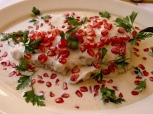






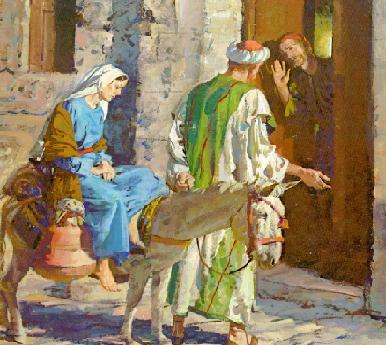
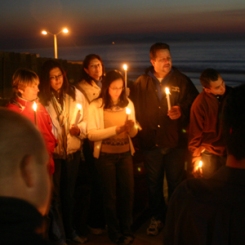
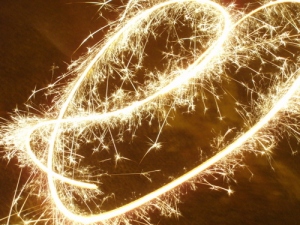
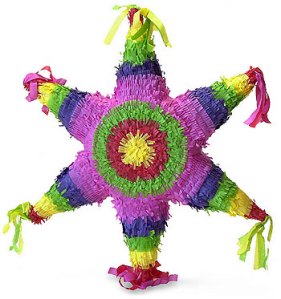
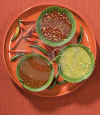
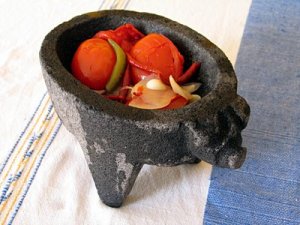

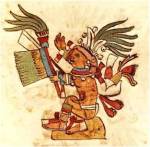
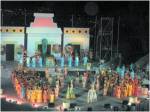
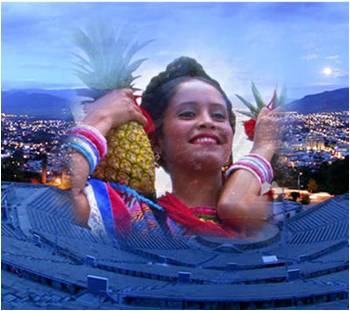


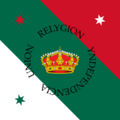
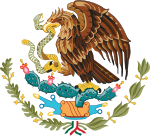
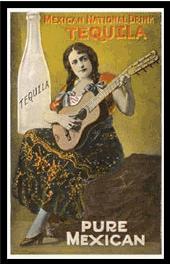
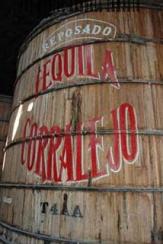
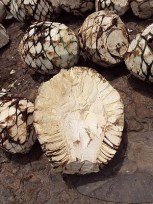
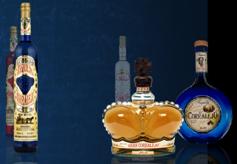



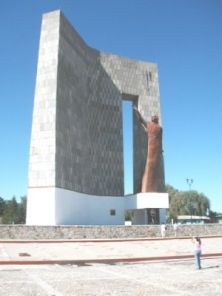
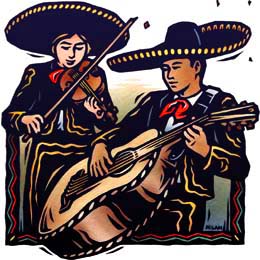
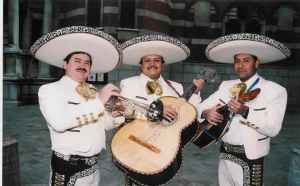
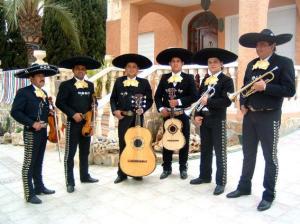
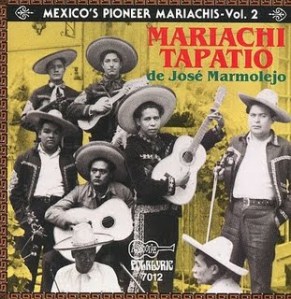
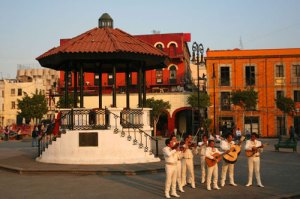 Plaza Garibaldi.
Plaza Garibaldi.
